Euphorbiaceae family is very diversified with mostly monoecious herbs, shrubs, and trees and even sometimes succulent and cactus-like members. It is named from one of its member genus ‘Euphorbia‘. This family has about 300 genus and 7500 species all over the world but more often found in warm and temperate areas. In Bangladesh, 47 genera and 141 species are found.
Taxonomic terms that might help in understanding the key features & description added in the later part.
- Adnate means ‘joined’.
- Carunculalte means ‘an outgrowth or appendage at or near the hilum of certain seeds, as of the castor-oil plant.’
- Connate means ‘united to form a single part’.
- Cyathium has ‘single naked female flower in the mid. It is surrounded by 5 bracts. In the axil of each flower there are appearance of male flowers. The cyathium has one female flower and five male flowers.’
- Perianth means ‘the part consisting of sterile parts of a flower that is calyx and corolla’.
- Schizocarpic means ‘a dry fruit that splits into two or more one-seeded portions at maturity’.
Description of Characteristics of the family ‘Euphorbiaceae’
Habit: Mostly annual or occasionally perennial herbs, shrubs and trees are included.
Best safe and secure cloud storage with password protection
Get Envato Elements, Prime Video, Hotstar and Netflix For Free
Best Money Earning Website 100$ Day
#1 Top ranking article submission website
Root: Taproot system present.
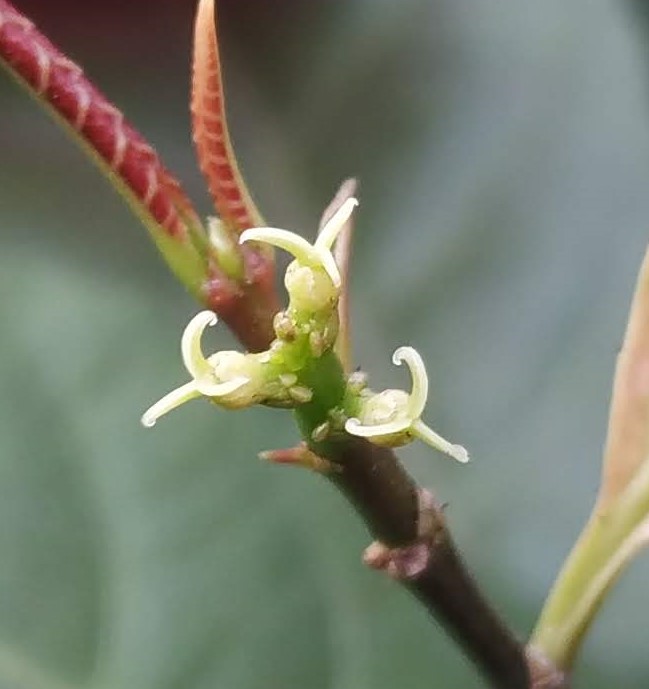
Stem: Stem succulents.
Leaves: Alternate, seldom opposite, with stipules. They are mainly simple, but where compound are always palmate, never pinnate.
Inflorescence: Mostly racemose, occasionally cymose and often cyathium (in Euphorbia).
Flower: Unisexual, incomplete, regular, actinomorphic, bracteate, pedicillate.
Perianth: 4-6, sometimes absent; distinct or basally connate (united).

Sex: Plant can be monoecious or dioecious.
Androecium: Stamens one to many, distinct or variously connate.
Gynoecium: Ovary with 3 carpels; connate; superior; 3 (1-4) locules with 1 or 2 apical-axile ovules per locule; styles 3 (1-4), often forked.
Placentation: Apical.
Fruit: Schizocarpic capsule i.e. drupe, berry, pod etc.
Seed: Endospermic.
Floral formula:
Floral diagram:

Identifying characteristics
* Plants with milky or watery latex.
* Flower unisexual, hypogynous.
* Ovary superior, 3 chambered with 1/2 pendulous ovules in each chamber.
* Placentation apical.
* Fruit albuminous, carunculate.
Important plants of Euphorbiaceae family
Economically it is a very important family. Plants described here in different banners are:
| Purpose | Plant Name & Comment | Image |
| Medicinal | Acalypha indica in the treatment of Rheumatism |
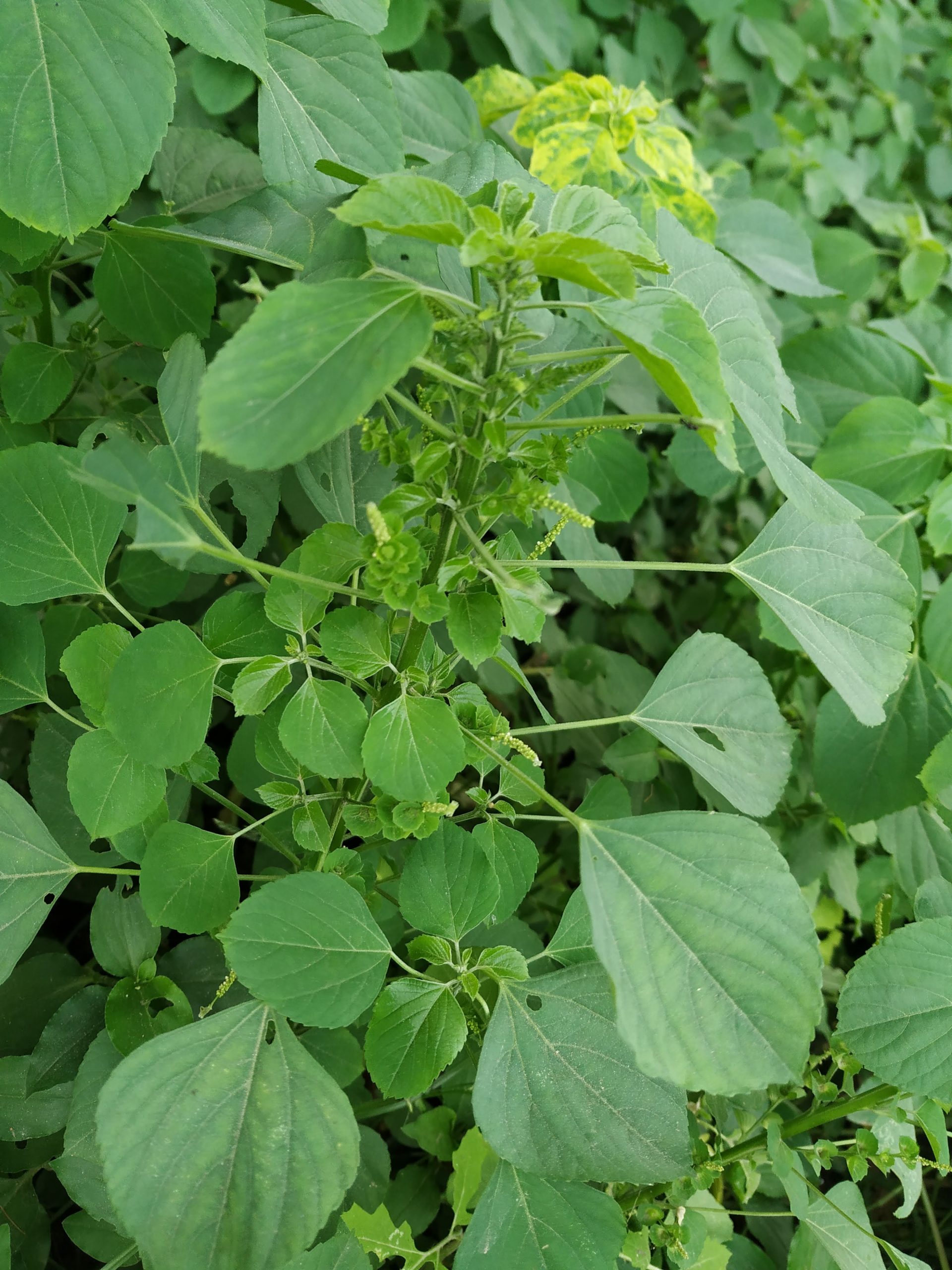 |
| Phyllanthus niruri | 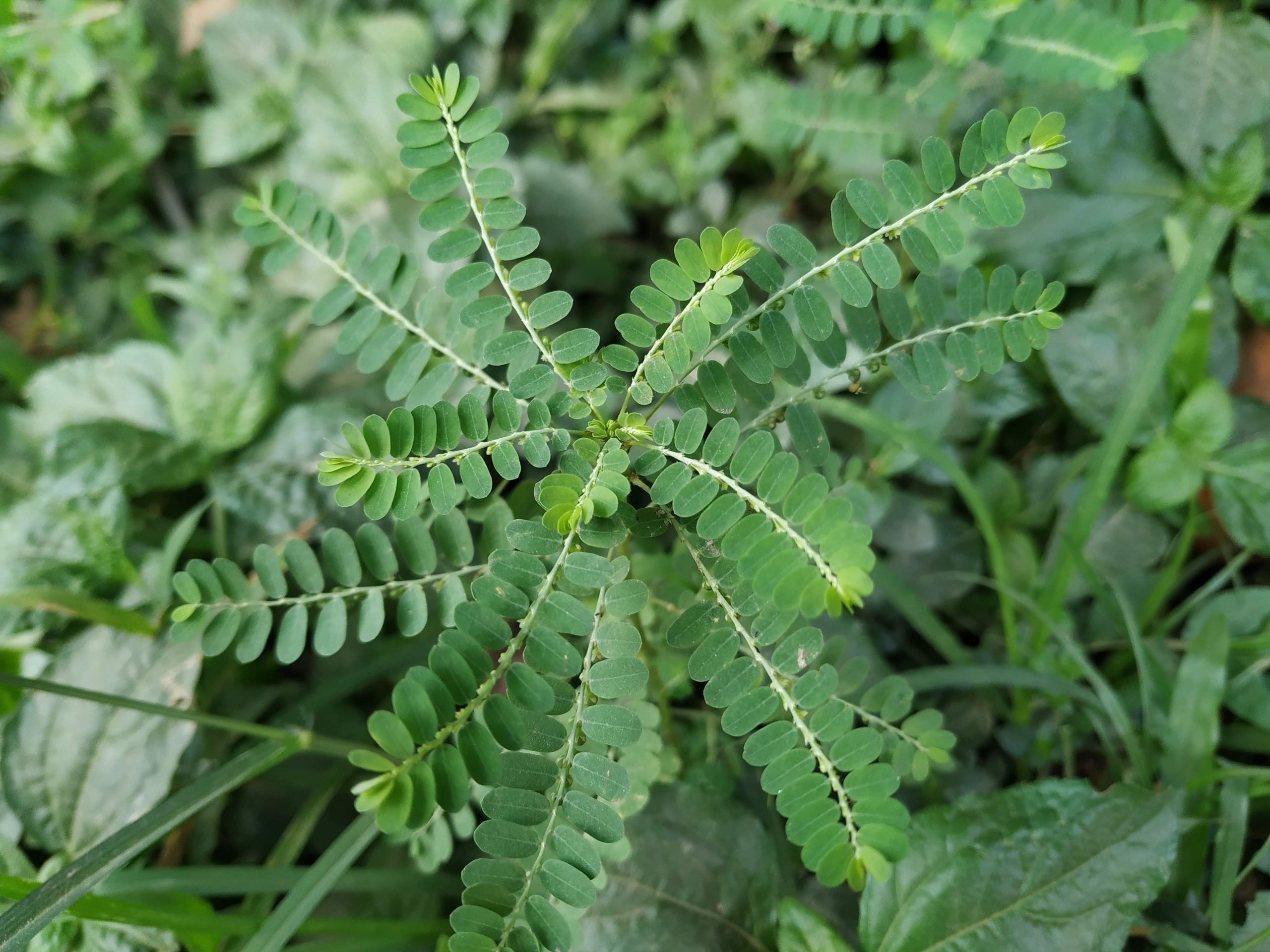 |
|
| Euphorbia hirta in the treatment of tuberculosis |
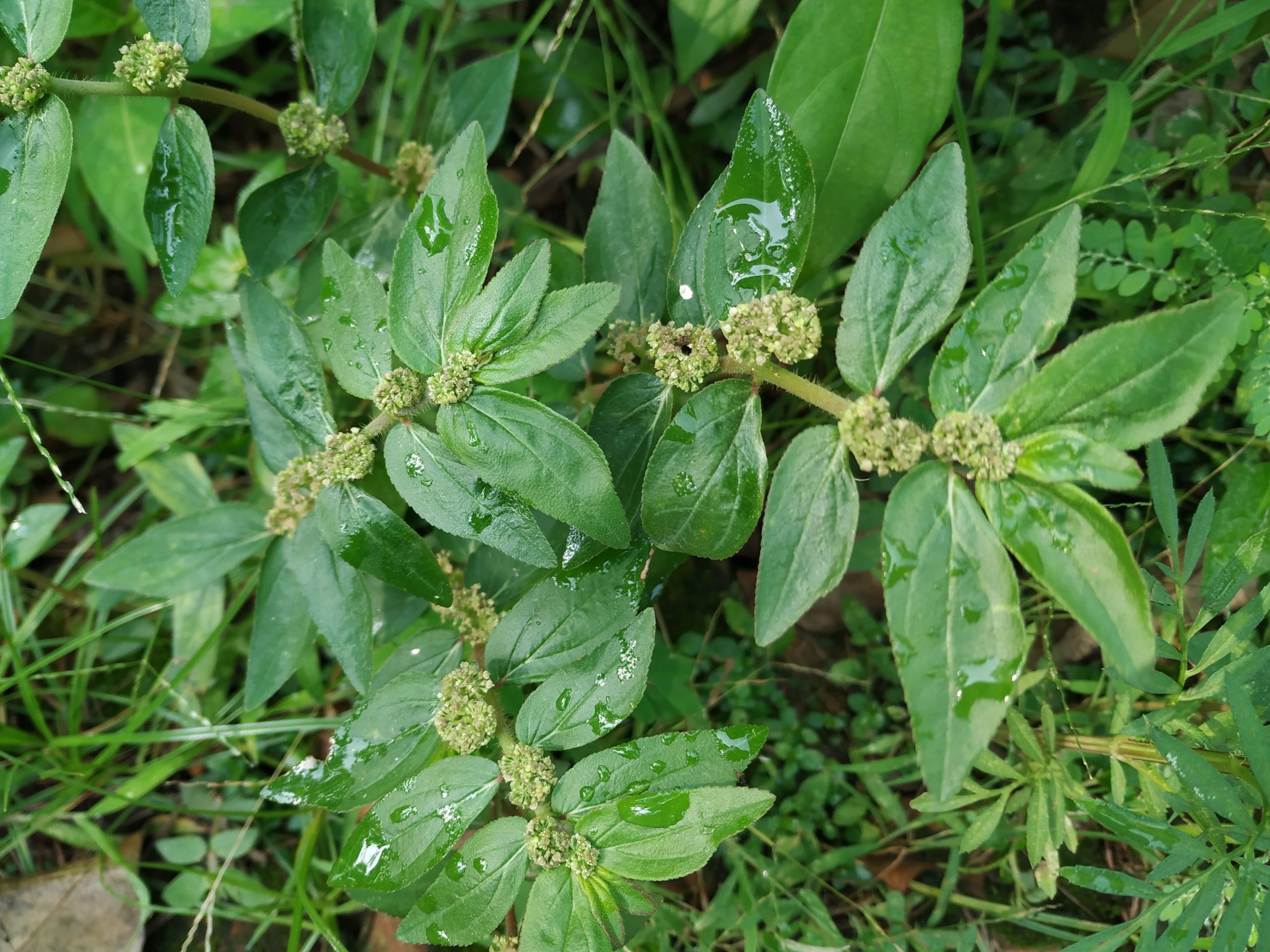 |
|
| Ricinus communis to treat Rheumatic fever, and its seed oil well known as the castor oil for the treatment of leprosy. |
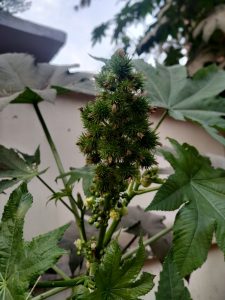 |
|
| Croton bonplandianum in the treatment of Rheumatic fever and constipation. |
||
| Food | Manihot esculenta (Cassava) |
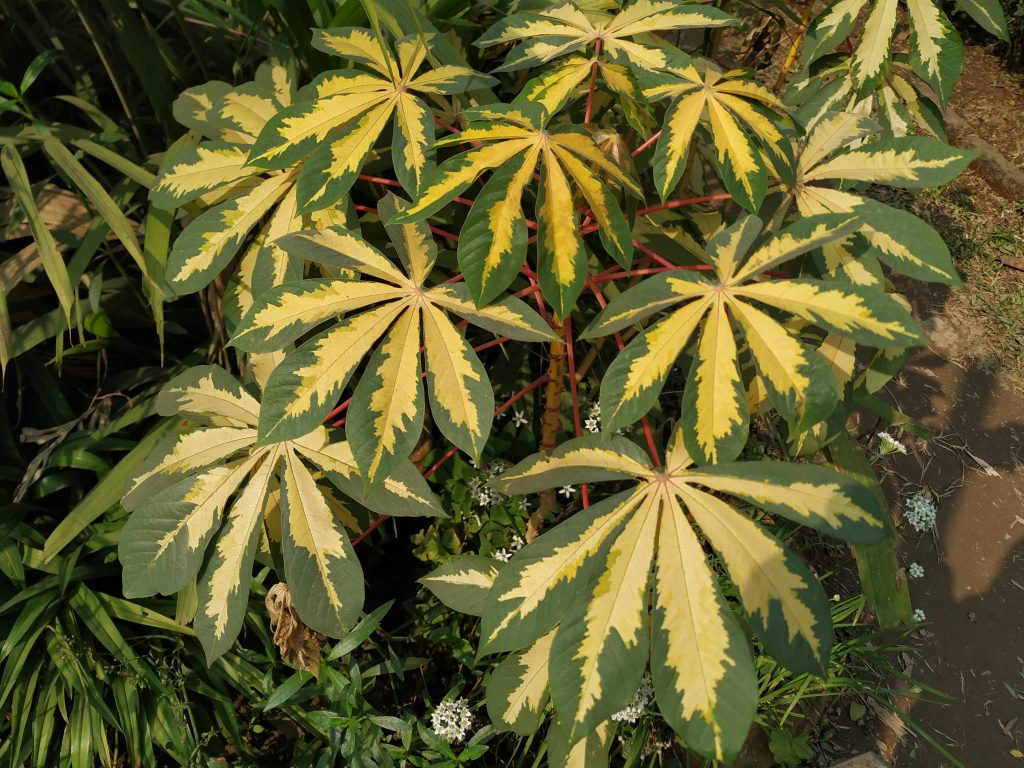 |
| Industry | Hevea brasilinesis Para rubber production |
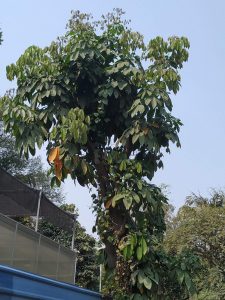 |
| Excoecaria agallocha used in production of newsprint |
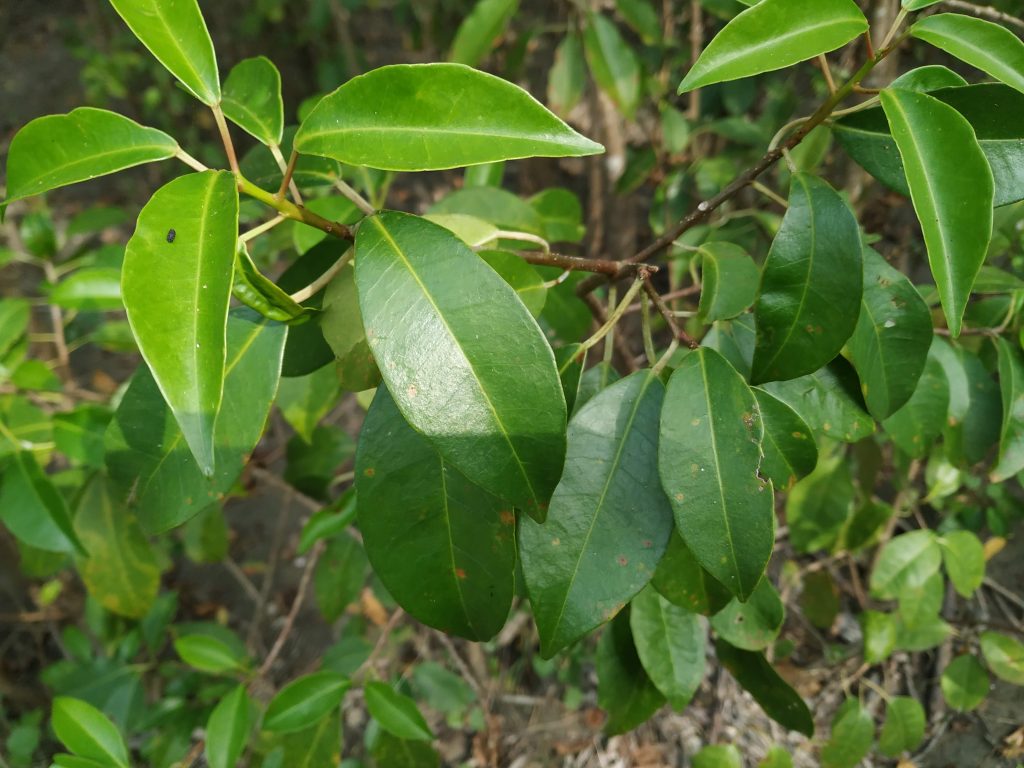 |
|
| Ornamental | Euphorbia pulcherrima located in front of Dr. Muhammad Shahidullah Hall, DU. |
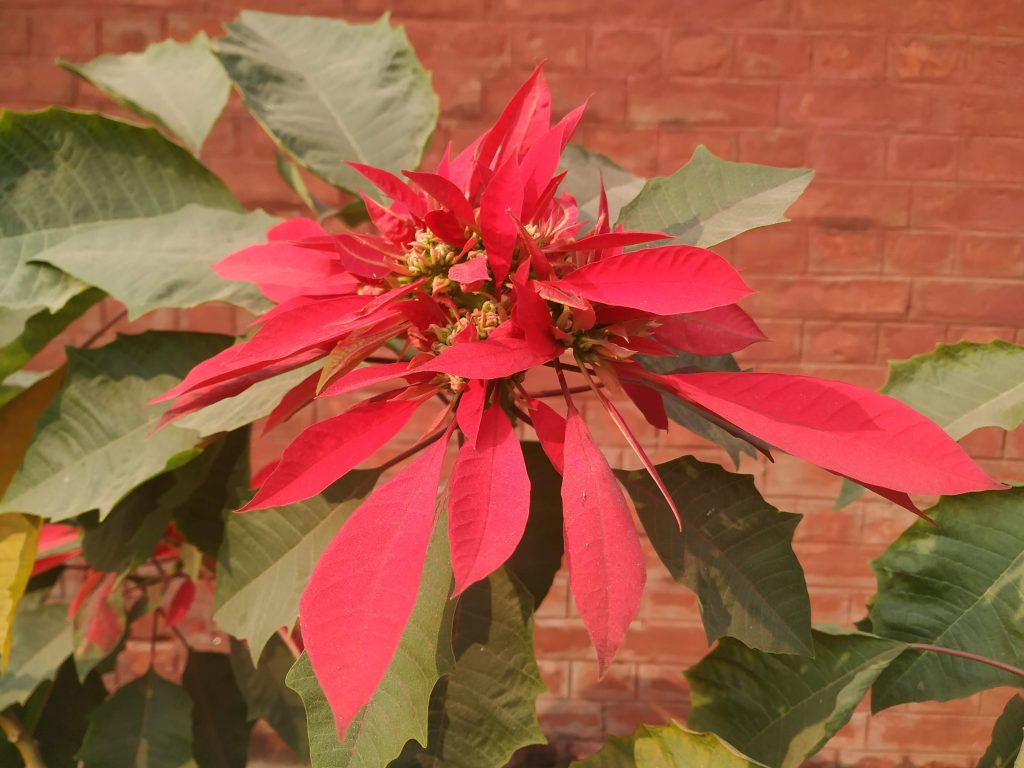 |
| Acalypha hispida located in the Botanical garden, DU. |
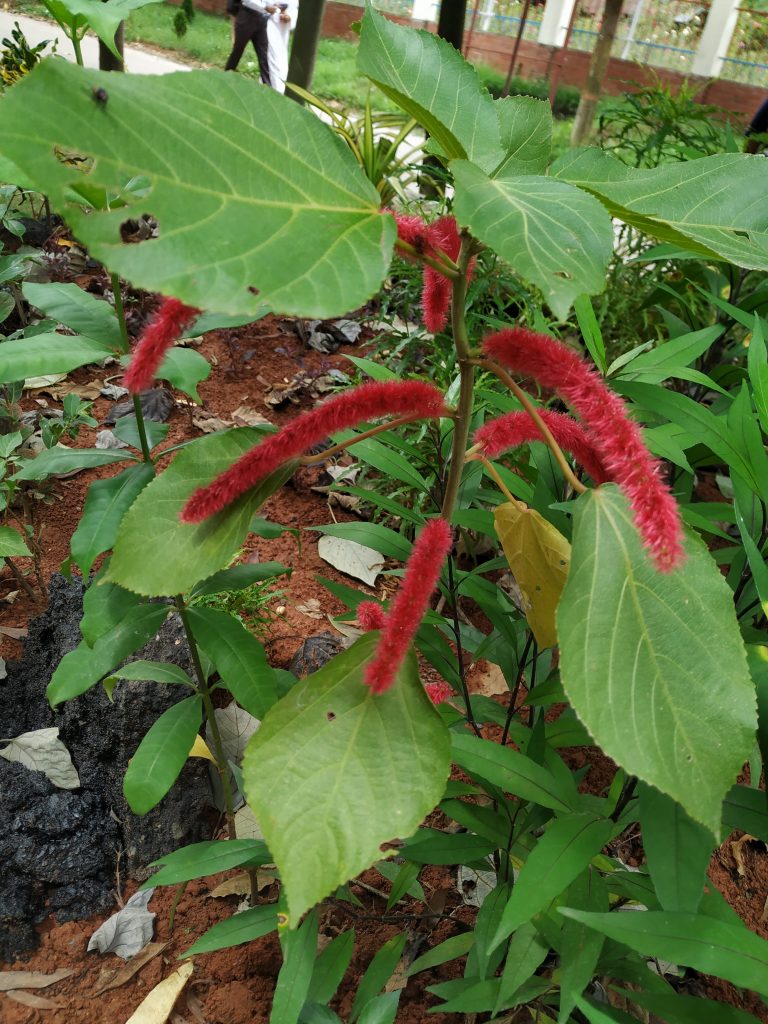 |
 Plantlet The Blogging Platform of Department of Botany, University of Dhaka
Plantlet The Blogging Platform of Department of Botany, University of Dhaka
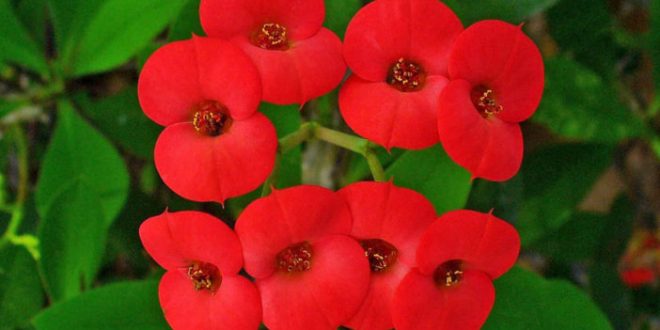





An addition of ‘Why Euphorbiaceae is called Spurge Family?’ would be great.
Thank you for sharing such an informative article.